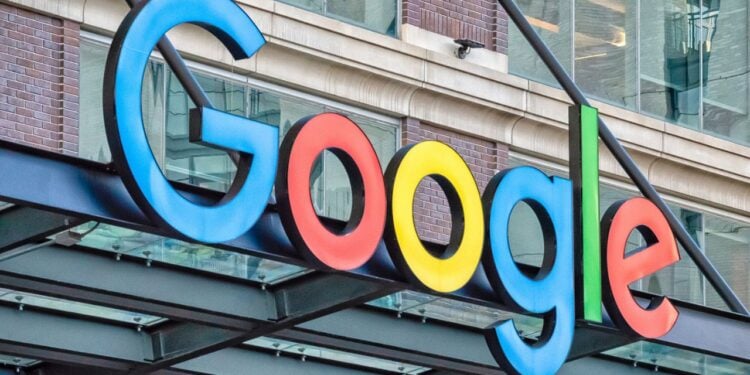Google is undoubtedly a pioneer of the modern office.
For several years, the company’s offices have made headlines for their lavish (and just plain fun) amenities such as on-site catering, a slide that leads you to different levels of the building, and colorful design to enhance the creative environment.
So when a company that has prided itself on its office design decides that the future of work is a hybrid place, it would be wise for other companies to listen.
Like several other organizations, Google has struggled to bring employees back into the office. In response to this, the company revealed it would invest $9.5 billion on offices and data centers across the U.S. last April. However, the economy has greatly changed since then.
In an effort to achieve the best of both worlds, Google outlined a return-to-office strategy that would see workers come into the workspace a few days a week, incrementally increasing the time spent in the office.
However, there has been swift backlash from employees, with two-thirds saying they were dissatisfied with the hybrid arrangement.
While an office expansion seems strange for a company that is embracing hybrid work arrangements, CEO Sundar Pichai said that “it’s more important than ever to invest in our campuses and that doing so will make for better products, a greater quality of life for our employees, and stronger communities.”
Simultaneously, Google is slowing down its hiring efforts despite continuing its office purchases, going against the grain of the rest of the tech industry.
Despite the dissent from workers over this policy, the sole fact that Google is embracing the concept of hybrid work makes a huge statement and will have rippling effects across the world’s largest companies.


 Dr. Gleb Tsipursky – The Office Whisperer
Dr. Gleb Tsipursky – The Office Whisperer Nirit Cohen – WorkFutures
Nirit Cohen – WorkFutures Angela Howard – Culture Expert
Angela Howard – Culture Expert Drew Jones – Design & Innovation
Drew Jones – Design & Innovation Jonathan Price – CRE & Flex Expert
Jonathan Price – CRE & Flex Expert










